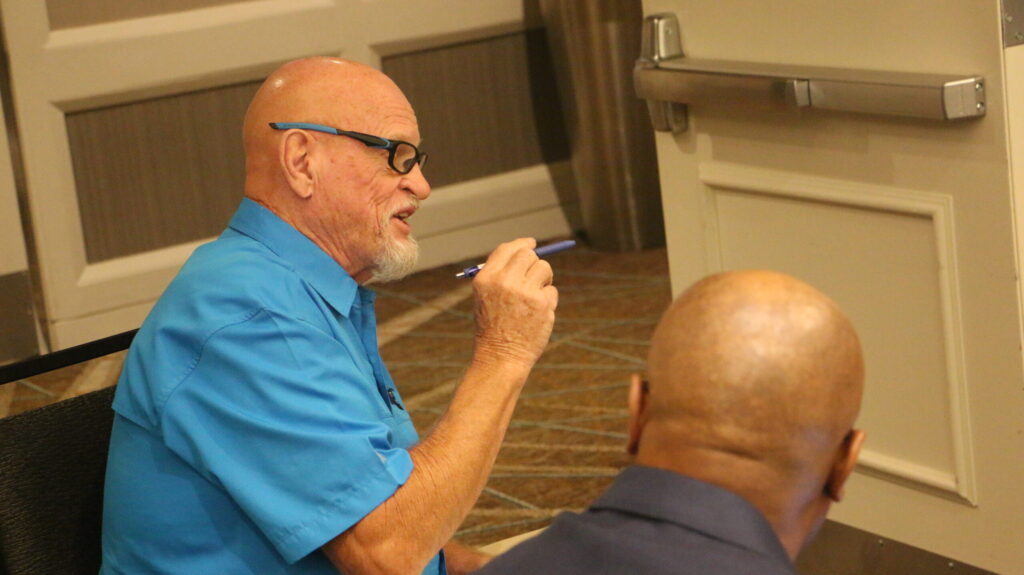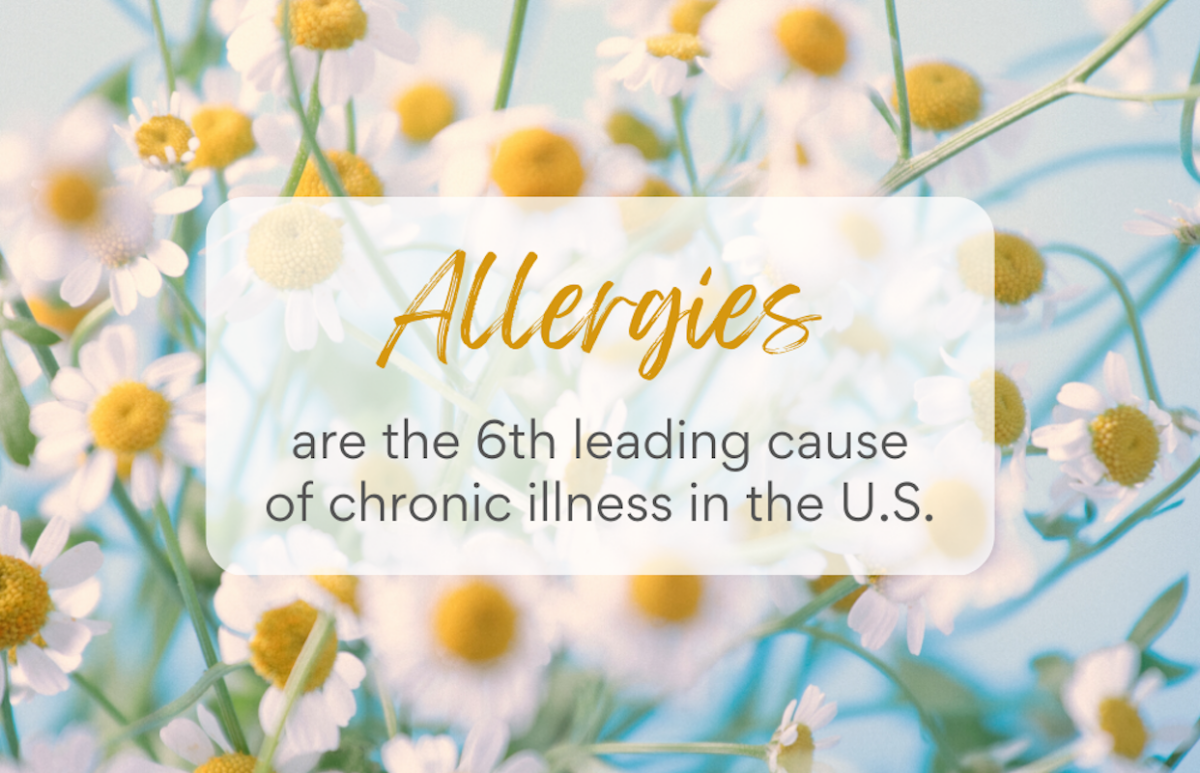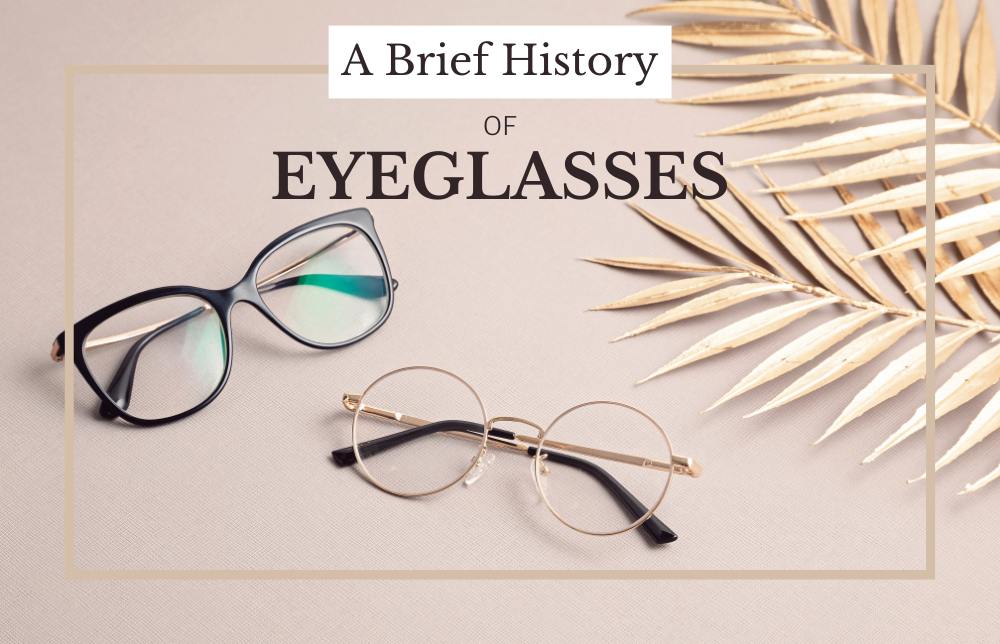When Springtime Is Allergy Time: 8 Steps to Avoid Suffering in 2023
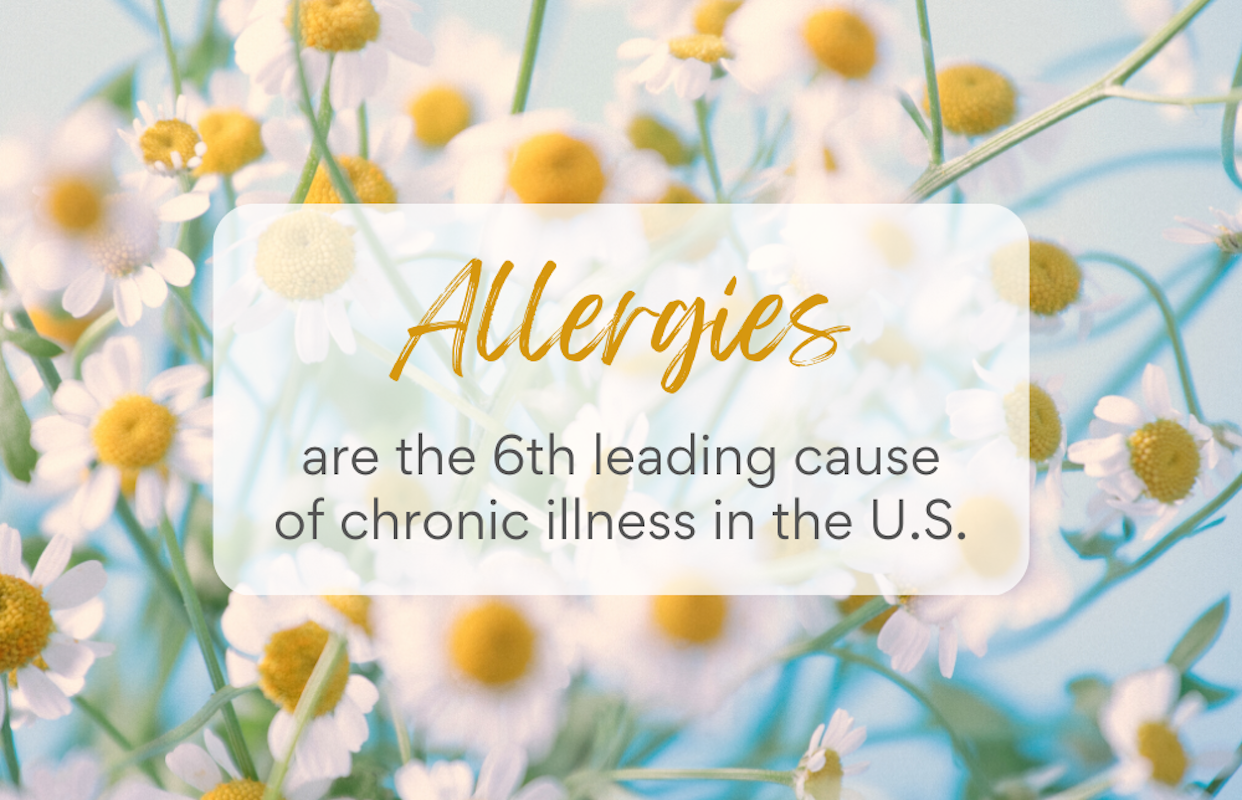
Flowers and trees are starting to bloom, the birds are singing, and the sun is shining – once again, spring is here! While many of us are delighted that the cold gloom of winter is behind us and the longer, warmer days of spring are finally here, it also marks the start of allergy season.
It is estimated that allergies are the sixth leading cause of chronic illness in the U.S., with more than 50 million people affected by them. Allergies are abnormal responses of the immune system where the body’s defenses react to a usually harmless substance in the environment, such as pollen, animal dander, or food.
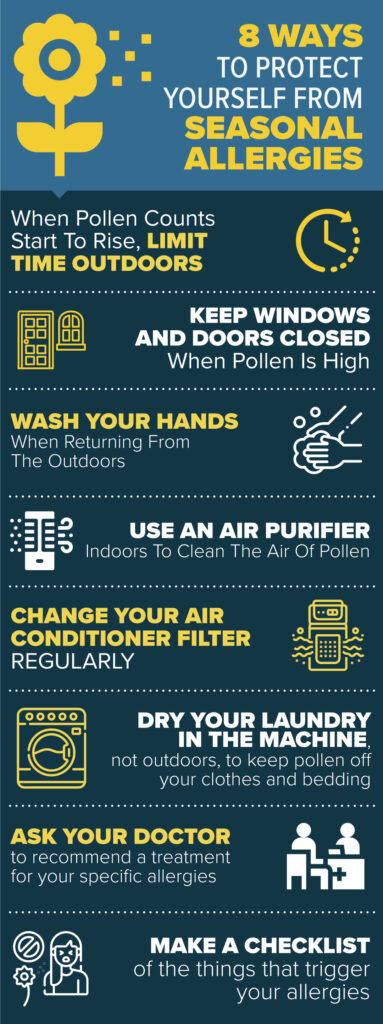
Allergies can have a greater impact on older people due to age-related changes in their immune systems. Many things can trigger an allergic reaction, but springtime allergies are frequently triggered by pollen. As pollen levels rise, you may hear people say they have hay fever, which is another term for seasonal allergies.
Basic symptoms associated with seasonal allergies include:
- Itchy eyes, nose, and throat
- Sneezing and/or coughing
- Stuffy or runny nose; watery and/or dark circles under the eyes
- Fever
- Fatigue and weakness
How to Protect Yourself from Seasonal Allergies:
Taking early action against symptoms can prevent them from slowing you down. Some symptoms can lead to more serious illnesses, including sinus, ear, and upper respiratory infections.
- When pollen counts start to rise, limit time outdoors.
- Keep windows and doors closed when pollen is high.
- Wash your hands when returning from the outdoors.
- Use an air purifier indoors to clean the air of pollen.
- Change your air conditioner filter regularly.
- Dry your laundry in the machine, not outdoors on a clothesline, to keep pollen off your clothes and bedding.
- Ask your doctor to recommend a treatment for your specific allergies, such as over-the-counter products, prescription drugs, or allergy shots.
- Make a checklist of the things that trigger your allergies.
Another checklist you need to make is to make sure you have all the coverage you need. A FREE Benefits Review with a caring AMBA representative can help. Each of our agents is trained to explain how specific coverage may help fill in the gaps of what Medicare, state pensions, and other sources may not cover. Schedule your Benefits Review today at www.amba-review.com or call 866-615-4063 Mon.-Fri 8am-6pm CT.
Source: https://www.ncbi.nlm.nih.gov/pmc/articles/PMC5362176/

